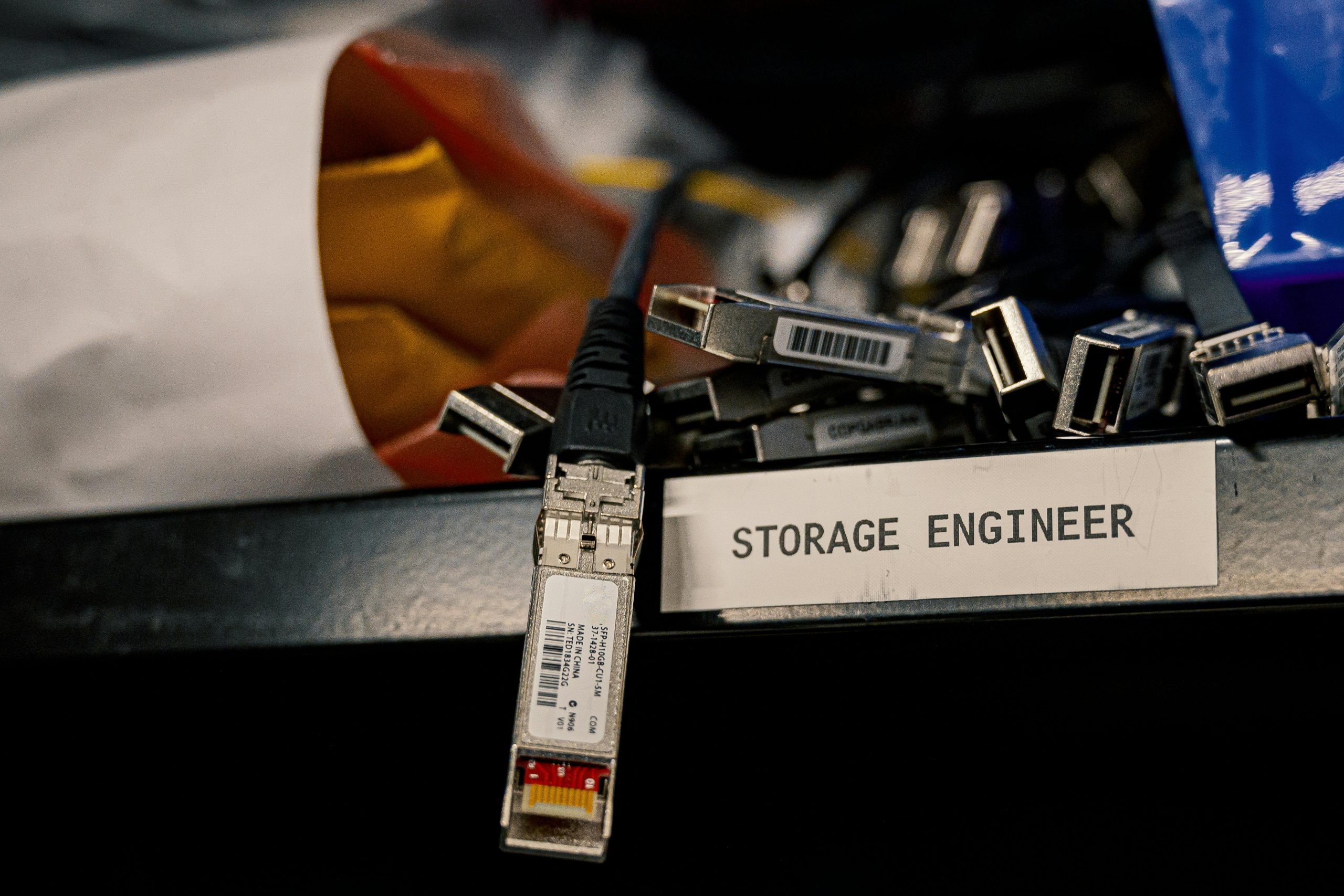In today’s business landscape, databases play a crucial role in driving organizations forward, and the data flow is permanent. This emphasizes the importance of establishing efficient and seamless processes for data integration and data migration. Whether data is being migrated from various sources to a data lake, transferred between repositories, moved from a data warehouse to a data mart, or managed in the cloud, it is essential to have a well-defined data migration plan. Without a robust plan in place, businesses may exceed their budget, encounter overwhelming data challenges, or experience underperforming data operations.
What is Database Migration?
Database migration entails the transfer of database from one system to another, which involves transitioning storage and the underlying application. Although it may appear to be a simple process, it necessitates changes in data structure and format. Within the extract/transform/load (ETL) process framework, migration typically encompasses database conversion and loading stages. This entails extracting data, applying various conversions to prepare it, and ultimately loading it into the target database.
Database migrations are implemented by companies and organizations for various purposes. These include the need to revamp existing systems, upgrade databases, establish new data warehouses, incorporate data from acquisitions or other sources, or deploy additional systems alongside existing applications. The process of data migration becomes essential in these scenarios to ensure a smooth conversion and effective utilization of data in the new environment.
Database Migration Plan
A well-designed database migration plan should encompass the following essential factors:
- Understanding the Database: Prior to migration, conducting a comprehensive audit of the source database is crucial. Neglecting this step can lead to unexpected issues during the migration process.
- Data Cleanup: Identifying and resolving any issues or inconsistencies in the source data is essential. This may involve using additional software tools and leveraging third-party resources, considering the magnitude of the task.
- Maintenance and Protection: Database quality can deteriorate over time, rendering it unreliable. Therefore, implementing controls and mechanisms to ensure ongoing data quality is imperative.
- Governance: Tracking and reporting on database quality is vital for maintaining data integrity. Processes and tools utilized for generating this information should be user-friendly and capable of automating functions wherever possible.
In addition to a well-structured and systematic approach, a database migration plan should also include provisions for selecting the appropriate database conversion tools to support the project effectively.
Why Database Conversion Tools Are Important?
The primary objective of a database migration, regardless of its specific purpose, is generally to improve performance and competitiveness. However, inaccurate migration can lead to data loss or corruption, even if the source database is totally valid. Additionally, any existing issues in the source data can be magnified when transferred to a new, more advanced system.
To ensure a successful migration, it is crucial to utilize appropriate database conversion tools. By doing so, organizations can avoid subpar experiences that create more problems than they solve. Incomplete plans, besides causing delays and exceeding budgets, can result in migration projects failing altogether. Therefore, migration projects should be given full attention and not treated as subordinate to other projects with broader scopes.
Data Migration Methods
There are different approaches to developing a data migration strategy, and the choice depends on the specific business needs and requirements of an organization. Generally, two common strategies are used: “snapshot” and “snapshot parallel.”
“Snapshot” Migration
In a snapshot data migration, the entire transfer is conducted within a defined time window. During this time, live systems experience downtime as the data undergoes extraction, transformation, and loading (ETL) processes and is transitioned to the new database. The advantage of this method is that the migration is completed within a concentrated timeframe, requiring relatively less time to execute. However, there can be intense pressure as the business operates with one of its resources offline, which poses the risk of compromised implementation. If the snapshot approach is chosen, it is advisable to simulate the migration process beforehand to ensure a smooth execution.
“Snapshot Parallel” Migration
Snapshot parallel migrations involve completing the migration in multiple phases. During implementation, both the old system and the new system run concurrently, eliminating downtime or operational disruptions. Real-time processes can continue running, allowing data to migrate continuously. While these implementations can be more complex in design compared to the snapshot approach, if executed correctly, the added complexity often reduces risks rather than introducing new ones.
The selection between snapshot and snapshot parallel migration strategies depends on factors such as downtime tolerance, operational continuity requirements, and the complexity of the migration process.
Best Practices for Data Migration
Regardless of the chosen implementation method, it is essential to follow certain best practices for a successful data migration:
· Back up the data: Before executing the migration, it is crucial to back up all the data. This ensures that in case of any unexpected issues or failures during the implementation, the data can be restored. It is important to have reliable backup resources in place and to test the restoration process to ensure data integrity.
· Stick to the plan: It is common for data managers to deviate from the initial plan when the migration process seems to be going smoothly or when faced with unexpected challenges. It is important to resist the temptation to make ad hoc changes and instead stick to the predefined migration strategy. This helps maintain consistency and reduces the risk of errors or incomplete migrations.
· Test extensively: Testing is a critical aspect of the data migration process. It should be conducted during the planning and design phases, as well as throughout implementation and maintenance. By testing the migration process, you can identify any issues or inconsistencies early on and make necessary adjustments to ensure the desired outcome is achieved. Regular testing helps validate the accuracy and completeness of the migrated data.
By following these best practices, organizations can minimize the risks associated with data migration, ensure data integrity, and increase the likelihood of a successful migration process.
Database Conversion Tools
Developing your own database conversion tools from scratch is a challenging and time-consuming task. It is much more reasonable to use available solutions. When you start searching the required database conversion tools, pay attention to the following key factors:
- The product must support the environment and DBMS you currently use
- There are no limits on the data volume, number or rows per table, number of tables for the software
- Review a security measures of the database conversion tool
- Evaluate how quickly the software can migrate your database. Make sure it fits the acceptable downtime window.
- How easy is the user interface? Time required for learning new software may be extremely valuable.
After all you may be interested in evaluating database conversion tools offered by Intelligent Converters, a software vendor specializing in database migration and synchronization field for years.







